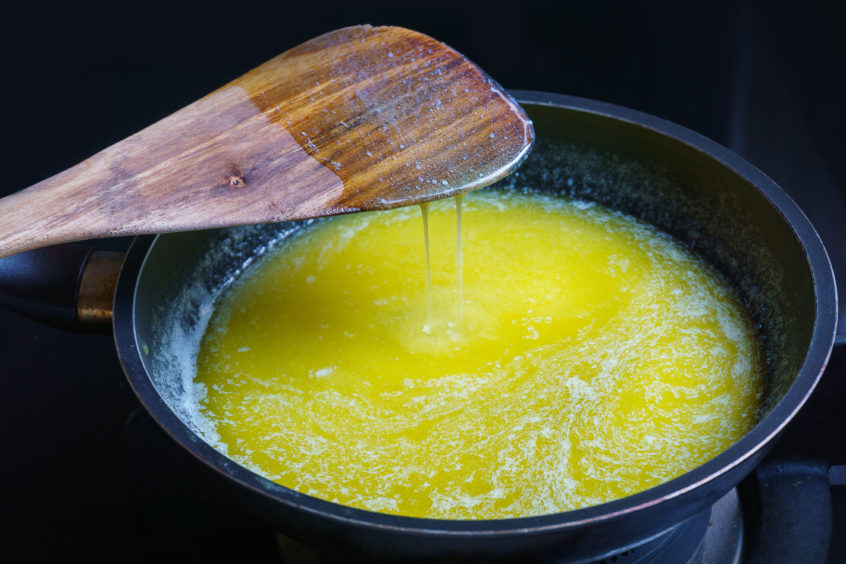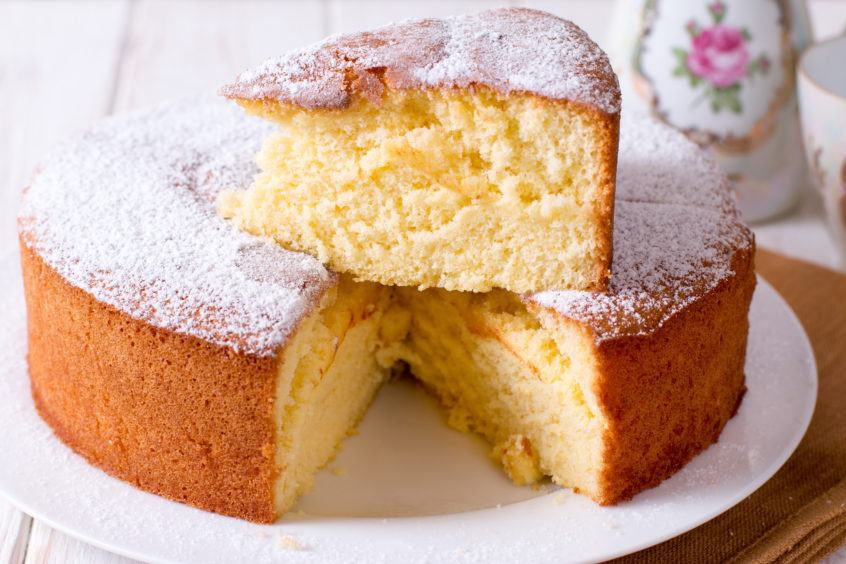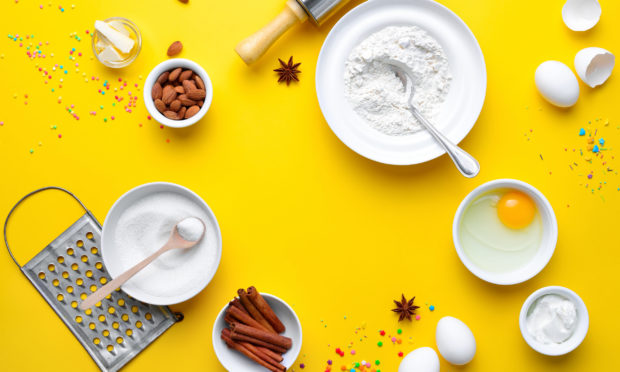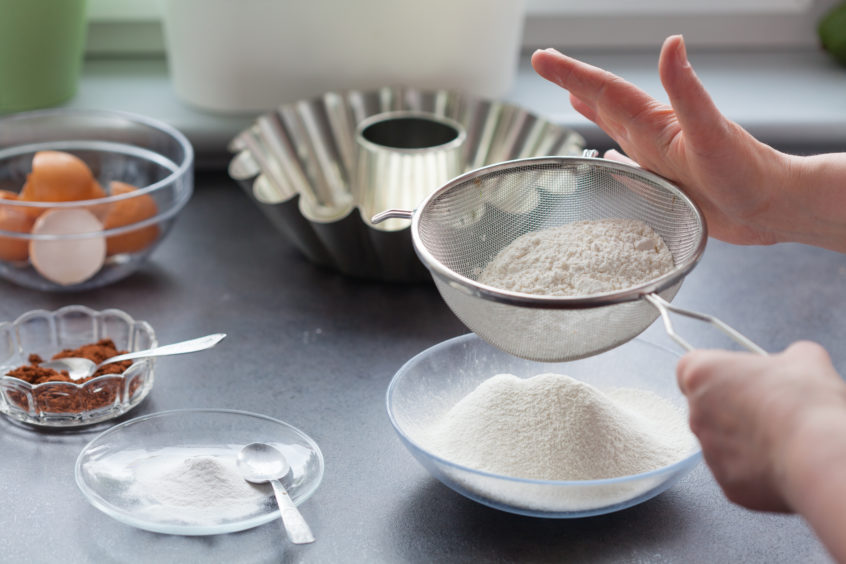Baking tips, including not walking around the kitchen while a cake is in the oven, are among the handy pointers included by the original domestic goddess in her Cookery Book.
Aunt Kate, who wrote regularly in The People’s Journal and the People’s Friend from the 1880s to the 1960s, also published two cooking and baking books.
Many of her recipes we’ve shared over the last few weeks, such as her tea-cakes recipes, ways to use cherries and ideas for making chocolate cakes, have come from her 1933 Baking Book. However she also published a cookbook in 1910 that featured more cooking recipes than it did baking.
But one thing she did in her 1910 Cookery Book was offer fewer recipes and more top tips on best practice in the kitchen, such as the dos and don’ts below for cake-making that we can still use today, as well as a recipe to try out using your new-found knowledge.
If you’ve made this recipe, or any of the others from Aunt Kate, we would love to hear from you – please email foodanddrink@dctmedia.co.uk
Dos
- When making cakes or scones, dissolve the baking soda in a little boiling milk, as it prevents the disagreeable lumps which are so often seen.
- An easy method of weighing treacle is to scatter a little flour on the scale, and the treacle rolls off without sticking.
- Cakes will never burn at the bottom when baking if a little salt is sprinkled on the oven shelf under the cake tin.
- On taking a cake from the oven, wrap a damp cloth round the cake tin and the cake will come out without sticking in the least.
- Wherever flour is used for cakes, it should be dried and sifted.
- It is not generally known that it is not necessary to grease the tin into which pastry is put; in fact, it is better if not greased, and it will not stick at all.
- When baking any sort of bread or cake by the aid of a gas stove, switch off the gas about five minutes before the food is ready to be taken out – it will retain the heat enough for the cake or bread to continue baking.
- To prevent cakes sticking to the bottom, grease the tins well, and then sprinkle with ground rice in the bottom and at the sides. Another plan is to put a layer of bran, covered by a sheet of buttered baking paper, in the tin before the mixture is poured in.
Don’ts
- Don’t expect success if you make your cake “by guess”.
- Don’t use inferior butter – it is poor economy.
- Don’t neglect to cream butter and sugar thoroughly. When the butter is too hard to blend easily warm the bowl, and the sugar if necessary.
- Don’t forget that sweet milk makes cake that cuts like pound cake, and that sour milk makes light, spongy cake.
- Don’t forget that long beating the mixture before the baking powder is added makes a fine, delicious cake, but don’t beat violently after adding baking powder.
- Don’t melt the butter, as this will change the flavour and the texture of the cake.

- Don’t measure your flour before sifting, and don’t forget to do it after sifting. It means economy in flour and a light cake. Too much flour causes the cake to break open while baking.
- Don’t hold the flour sifter high and turn rapidly, as this allows the lighter baking mixture to be blown away.
- Don’t forget that, the smaller the cake, the hotter should be the oven. Large, rich cakes require slow baking.
- Don’t forget to add fruit before putting in the flour, as this will prevent it falling to the bottom of the cake.
- Don’t walk heavily about the kitchen while the cake is in the oven.
- Don’t allow cakes to cool in pans unless the recipes specially calls for it. Such cakes are sure to damp in the bottom.
Try out the dos and don’ts with this sponge cake recipe

Ingredients
- 1 large cup of self-raising flour
- ¾ cup of fine sugar
- 2 eggs, yolks and whites separated
- 2 tbsp milk
Method
- Work the yolks of the eggs and the sugar together till it is thick, then add milk.
- Then add the flour and pre-whisked egg whites and mix.
- Pour into a pre-buttered tin, and bake in a sharp oven for about 10 minutes.
- This can then be cut up and eaten plain or split and filled with jam.
More from this series…

